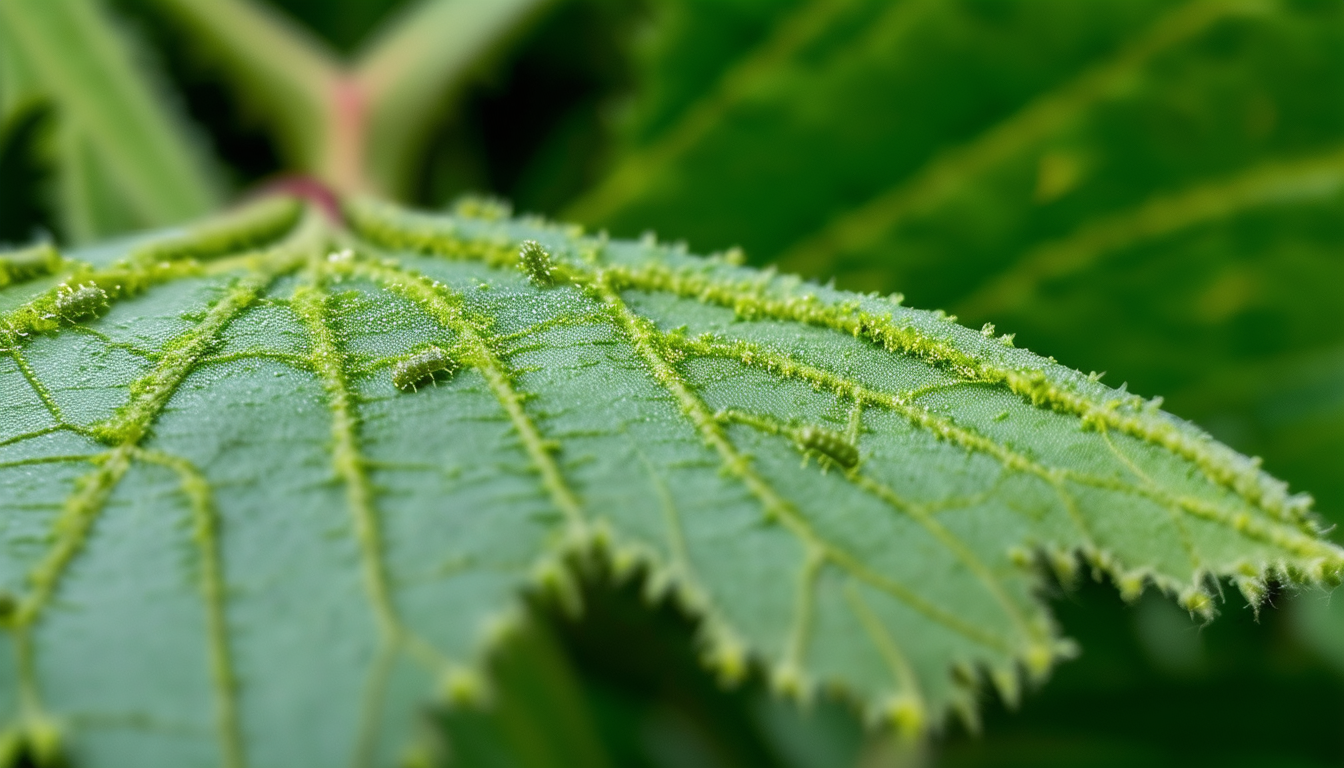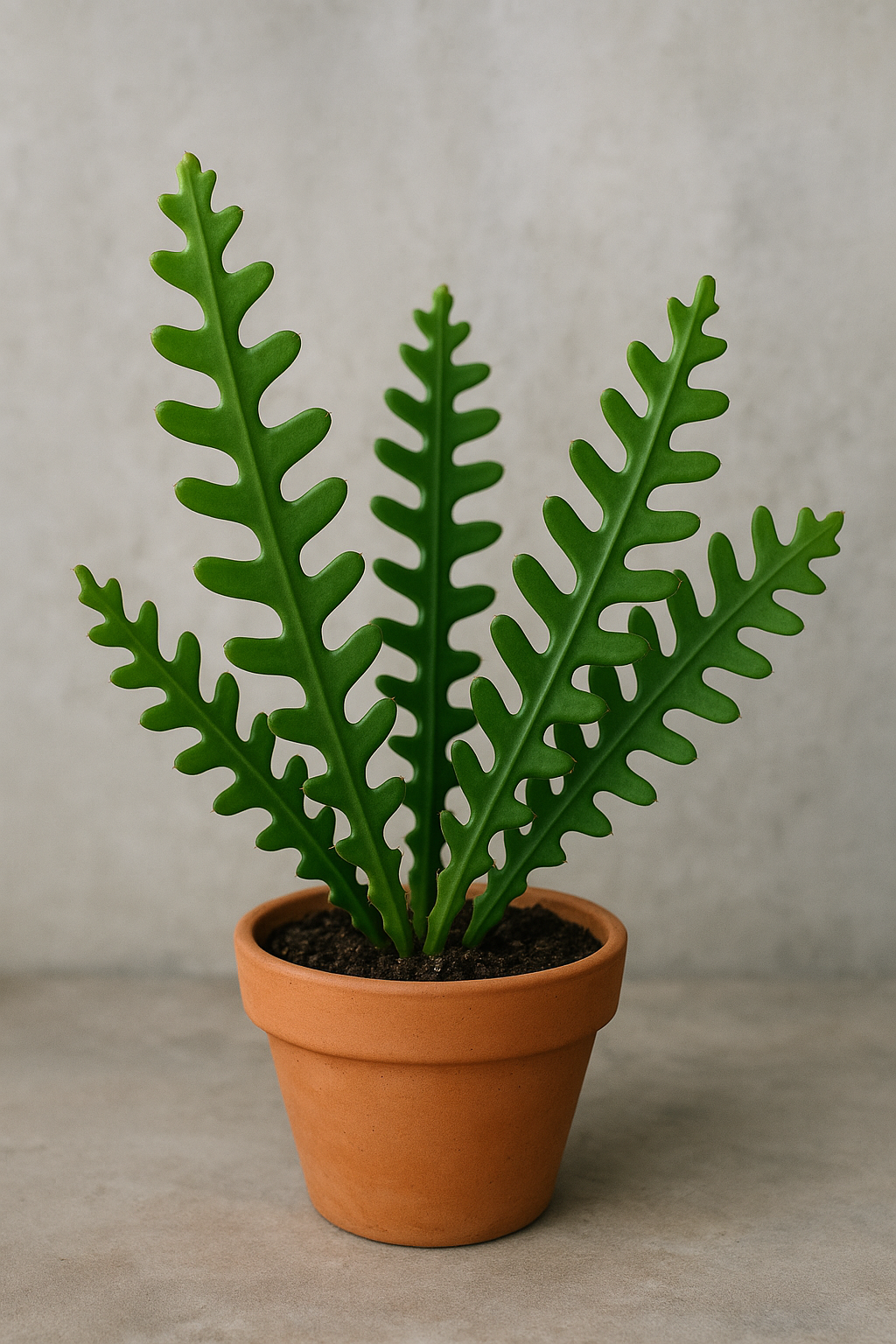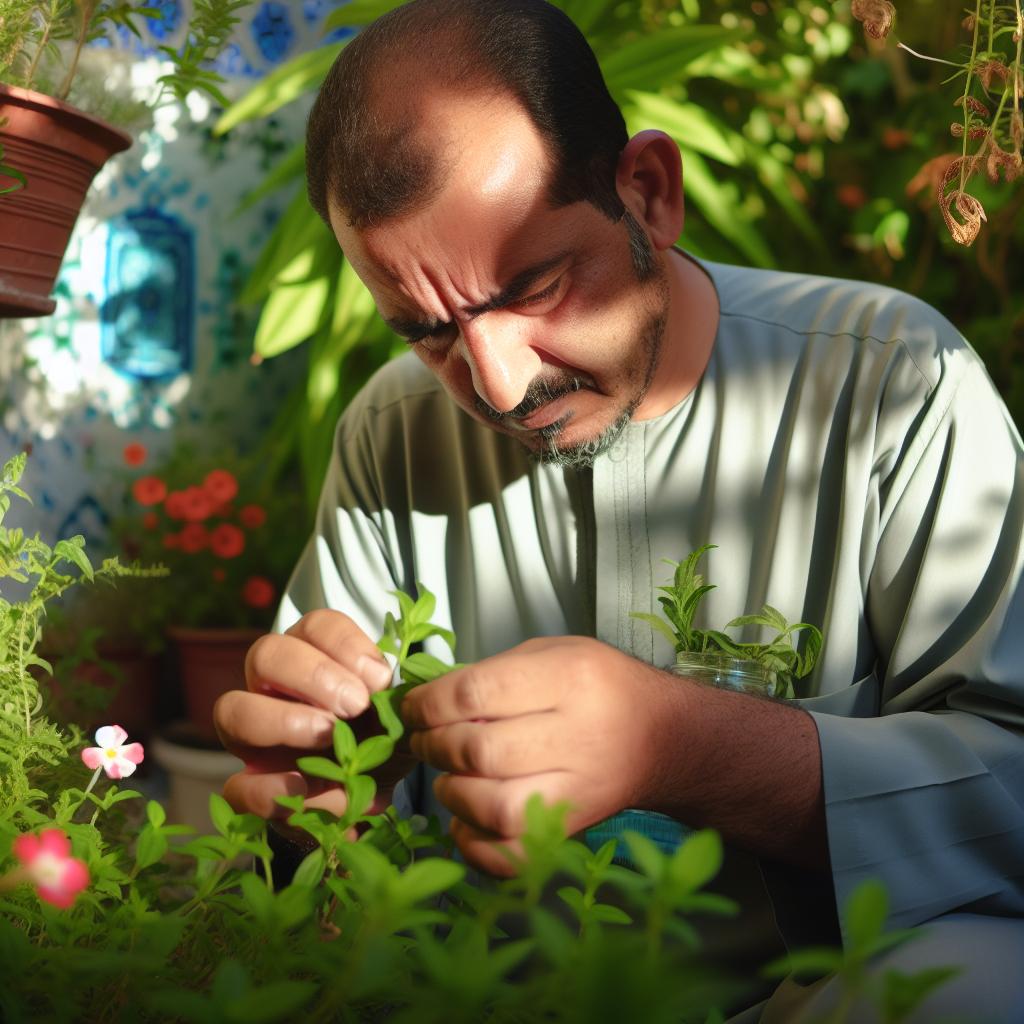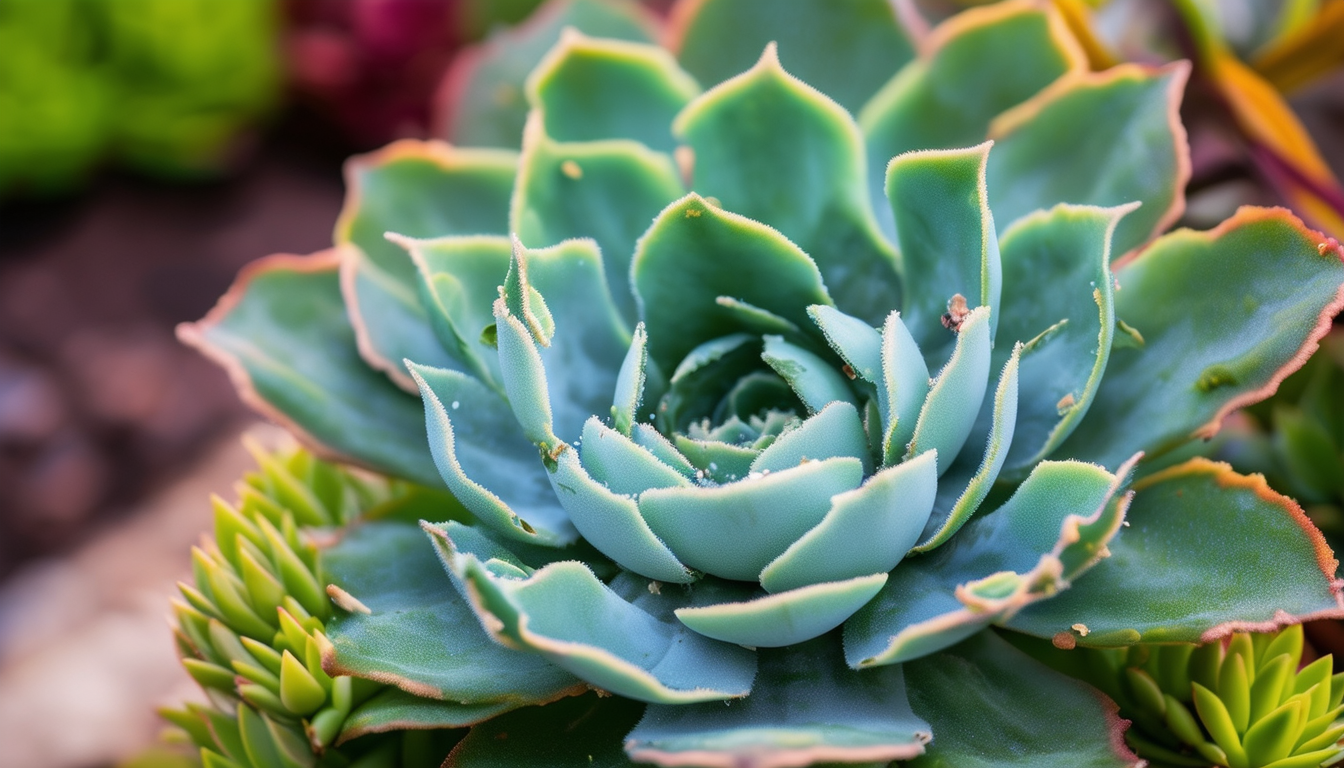
Spring is the perfect time to revive your houseplants, but it's also when pests are most active. Learn how to identify common pests and treat them effectively to ensure your plants thrive.
Recognizing Common Houseplant Pests
Houseplants can fall victim to various pests, each with unique characteristics. Aphids are small, soft-bodied insects that come in green, black, or white. Scale insects appear as small, brown, or tan bumps on plant stems and leaves. Mealybugs are identified by their white, cotton-like appearance, often found in leaf joints. Thrips are tiny, slender insects that can be difficult to see but leave silver or brown streaks on leaves.
Early Signs of Pest Infestation
Early detection of pests can save your plants from extensive damage. Look for yellowing or curling leaves, sticky residue, and tiny holes or spots. Also, check the undersides of leaves and stems, as pests often hide there. Regularly inspect your plants, especially new ones, to catch infestations early.
Natural Remedies for Pest Control
Natural remedies can be effective and gentle on your plants. Neem oil is a popular choice for treating a variety of pests. Mix it with water and spray it on the affected areas. Another option is a mixture of dish soap and water, which can suffocate pests. Introduce beneficial insects like ladybugs to prey on harmful pests.
Chemical Treatments and Their Uses
When natural methods aren't enough, chemical treatments can offer a more potent solution. Insecticidal soaps and horticultural oils are effective against aphids, mealybugs, and scale. Systemic insecticides can be used for severe infestations, as they are absorbed by the plant and target pests from within. Always follow the instructions on the label to avoid harming your plants.
Preventing Future Infestations
Prevention is key to maintaining healthy houseplants. Quarantine new plants for a few weeks before introducing them to your collection. Regularly clean leaves with a damp cloth to remove dust and potential pests. Ensure proper air circulation and avoid overwatering, as moist environments attract pests. A balanced fertilizer can also strengthen plants' natural defenses.
Frequently Asked Questions on
Do I have aphids or thrips? Aphids are generally larger than thrips and can be found in a variety of colors, including green, black, or white. In contrast, thrips are much smaller and often go unnoticed until they leave telltale silver streaks on the leaves of your plants.
How do you get rid of scale and mealybugs? To effectively manage scale and mealybugs, you can use insecticidal soap or neem oil, both of which are known for their effectiveness. However, if the infestation is severe, you may need to resort to systemic insecticides, which work by being absorbed into the plant and targeting the pests from within.
What do thrips look like on indoor plants? Thrips are tiny, slender insects that can be difficult to spot with the naked eye. They often leave behind silver or brown streaks on the leaves, which can be a clear indicator of their presence.
What are the most common indoor plant pests? Among the most common pests that affect indoor plants are aphids, scale insects, mealybugs, and thrips. Each of these pests can cause significant damage if not managed properly.
What do indoor aphids look like? Indoor aphids are small, soft-bodied insects that can appear in various colors, such as green, black, or white. They are often found in clusters on new plant growth.
How to get rid of thrips? To combat thrips, you can use insecticidal soap or neem oil, both of which are effective treatments. Additionally, introducing beneficial insects like lacewings can help control thrip populations naturally.
How do I know if I have an aphid infestation? Signs of an aphid infestation include clusters of tiny insects on new plant growth, a sticky residue known as honeydew, and yellowing or curling leaves.
What do thrips look like on skin? Thrips are tiny insects that, if they come into contact with skin, might cause minor irritation or red spots due to their bites.
What kills mealybugs instantly? Applying rubbing alcohol directly to mealybugs with a cotton swab can kill them on contact, providing an immediate solution to the problem.
Does vinegar get rid of scale on plants? While vinegar can help deter scale insects, it is generally more effective as a preventive measure rather than a treatment for existing infestations.
Is vinegar good for mealybugs? Vinegar can act as a deterrent for mealybugs, but it is not as effective as other treatments like neem oil or insecticidal soap.
What are the first signs of thrips? The first signs of a thrip infestation are often silver streaks or speckled patterns on the leaves of your plants.
What do mealy bugs look like? Mealybugs are small insects that appear as white, cotton-like masses, often found nestled in the joints of leaves.
What plants are most likely to get thrips? Thrips are particularly fond of flowering plants, with African violets and orchids being among their preferred hosts.
How to get rid of aphids indoors? To eliminate aphids indoors, you can use insecticidal soap or neem oil, or introduce beneficial insects that prey on aphids.
What is the difference between a scale bug and a mealybug? Scale bugs appear as small, hard bumps on plant surfaces, while mealybugs are characterized by their white, cotton-like appearance.
Can thrips fly? Yes, adult thrips have the ability to fly, which can make them more challenging to control as they can easily move from plant to plant.
How do I permanently get rid of scale bugs? Consistent treatment with horticultural oil or systemic insecticides can effectively eliminate scale bugs over time.
What happens when you spray vinegar on plants? Spraying vinegar on plants can act as a deterrent for some pests, but it may also harm the plants if used excessively, so it should be applied with caution.
What does scale look like on houseplants? Scale insects appear as small, brown or tan bumps on the stems and leaves of houseplants, often blending in with the plant's natural texture.
What do mealybugs hate? Mealybugs are repelled by neem oil, rubbing alcohol, and certain essential oils, which can be used as part of a treatment plan.
Does cinnamon get rid of mealybugs? While cinnamon can deter mealybugs, it is not a complete solution and should be used in conjunction with other treatments.
What is the white sticky stuff on my indoor plants? The white sticky substance on your indoor plants is often honeydew, which is excreted by pests like aphids and mealybugs.
What do thrips look like? Thrips are tiny, slender insects that can vary in color, appearing yellow, brown, or black, depending on the species.
What are the first signs of scale? The first signs of a scale infestation include yellowing leaves and the presence of small, hard bumps on the plant's surface.
What is the best treatment for scale on plants? Horticultural oil or systemic insecticides are considered effective treatments for managing scale infestations on plants.
How do I get rid of mealybugs permanently? To permanently eradicate mealybugs, consistent treatment with insecticidal soap or neem oil is recommended, along with regular monitoring.
Do mealybugs live in soil? Mealybugs can indeed live in soil, so it's important to treat both the plant and the soil to fully address an infestation.
Do coffee grounds repel mealybugs? Coffee grounds can deter some pests, but they are not a comprehensive solution for mealybugs and should be used as part of a broader pest management strategy.
What is the best homemade spray for mealybugs? A homemade spray made from a mixture of dish soap, water, and neem oil is effective in treating mealybug infestations.
What do aphids hate the most? Aphids are particularly averse to strong-smelling plants like garlic and the application of neem oil, both of which can help deter them.
Can I spray my plants with coffee? While coffee can deter some pests, it should be used sparingly to avoid potential harm to the plant due to its acidity.
Can vinegar get rid of mealybugs? Vinegar can deter mealybugs to some extent, but it is not as effective as other treatments like neem oil or insecticidal soap.
How did I get mealybugs? Mealybugs can be introduced to your plants through new additions to your collection or contaminated soil, so it's important to inspect new plants carefully.
How to get rid of aphids permanently? To permanently eliminate aphids, consistent treatment with insecticidal soap, neem oil, or the introduction of beneficial insects can be highly effective.



